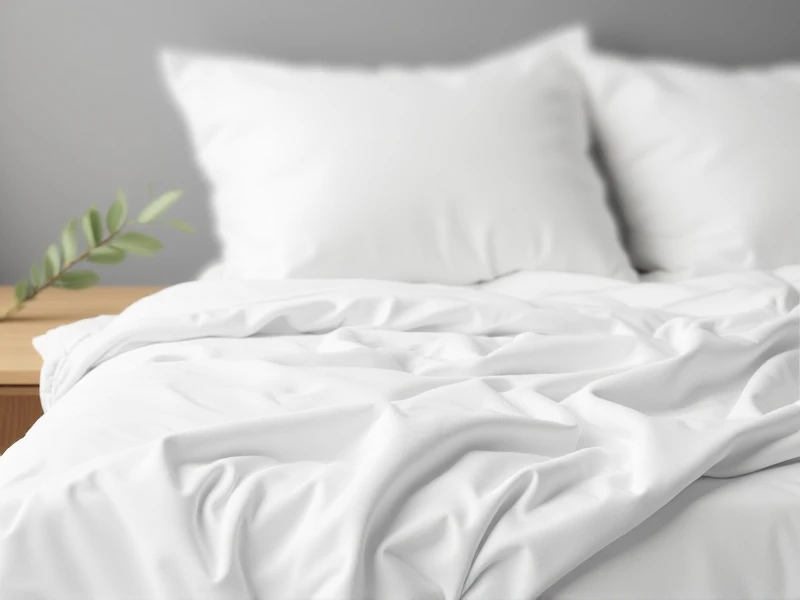
The Fabric of the Future: Textiles Driving Innovation
Here is a SEO-optimized article focusing on "textiles":
Textiles have defined human civilization for millennia, evolving from basic animal skins and plant fibers to sophisticated engineered materials. Today’s textile industry stands at the forefront of technological advancement and sustainability, constantly pushing boundaries beyond traditional fabric functions.
Modern textiles are increasingly multi-functional and smarter. Research in materials science has unlocked groundbreaking applications:
- Performance Enhancing: High-tech sportswear uses moisture-wicking, temperature-regulating, and compression fabrics. Nanotechnology creates self-cleaning and water-repellent finishes.
- Health Monitoring: Smart textiles with integrated sensors track vital signs like EKG, breathing patterns, and movement. They are vital in medical recovery garments and pressure-monitoring socks.
- Sustainable Solutions: Innovations like recycled PET plastic bottles into clothing fibers, biodegradable fabrics, and water-saving dyeing processes are crucial for a greener future.
Beyond clothing, textiles are integral to industries like automotive (lightweight composites), aerospace (fire-retardant materials), architecture (tensile structures), and energy (geotextiles for landfills, solar-integrated fabrics).
Sustainability remains the industry's primary driver. Circular economy models—designing for reuse, repair, and recycling—are gaining momentum. Brands explore organic, regenerative materials like hemp and organic cotton to reduce pesticides and conserve soil. Textile recycling technologies, while improving, require ongoing investment to effectively process mixed fibers. Certifications like GOTS (Global Organic Textile Standard) help consumers identify eco-conscious choices.
Looking ahead, textiles will continue evolving towards intelligence and sustainability. Wearable tech integration, responsive fabrics adapting to environmental changes, and bio-manufactured materials represent promising applications. Nanofibers offer immense potential for filtration, barrier protection, and even drug delivery systems.
Ultimately, textiles are more than just the clothes we wear. They represent a dynamic field merging tradition with innovation, offering solutions crucial for health, performance, environmental protection, and our increasingly connected existence demanding smarter materials.